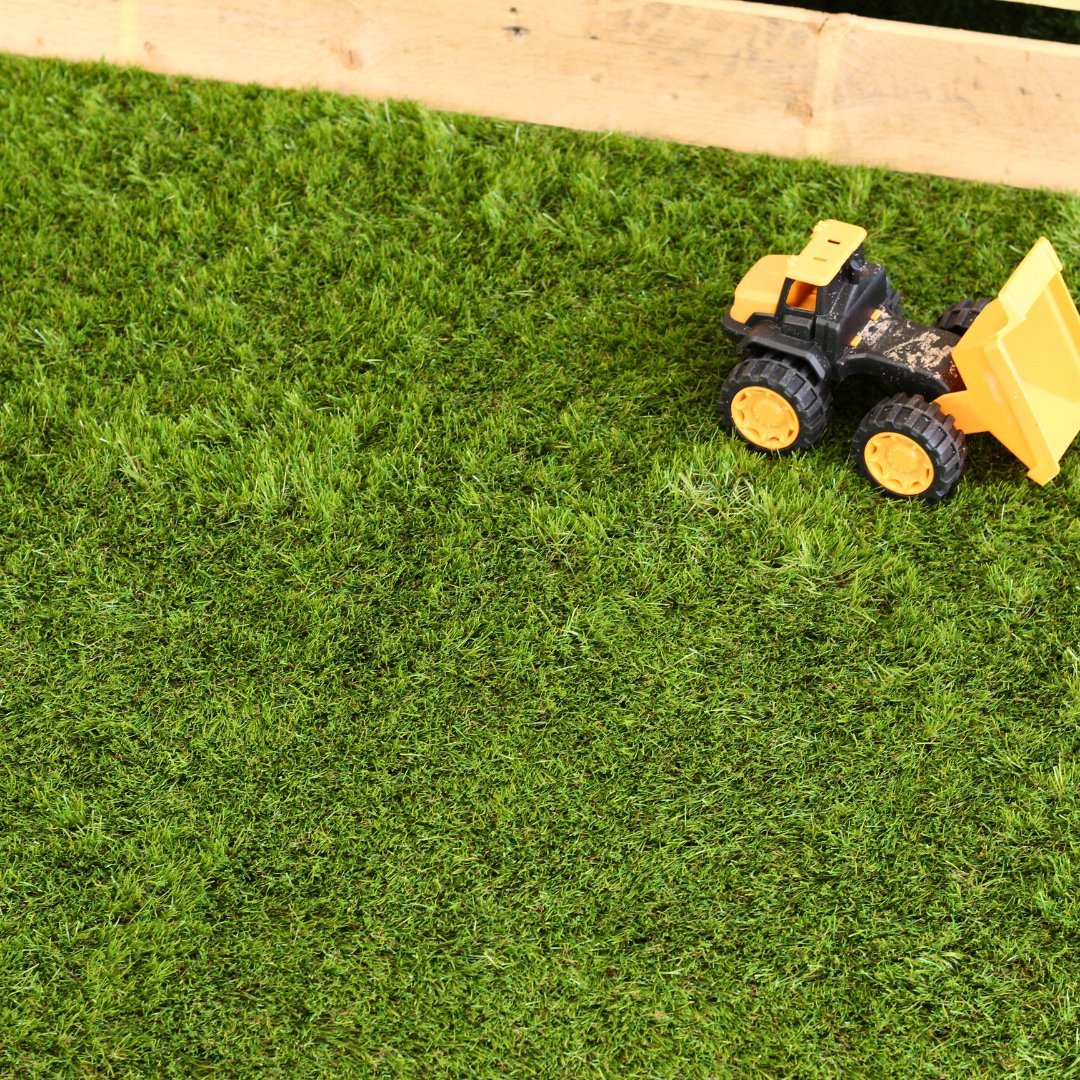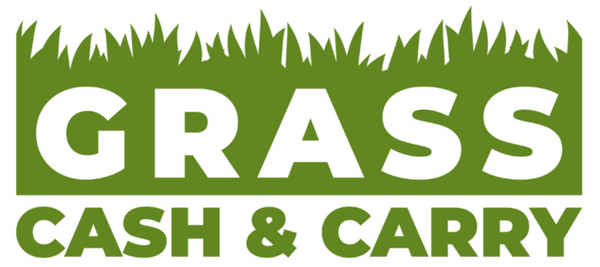Weeds, moss, dog urine, and unwanted animal waste can all appear on the surface of artificial grass. Without proper cleaning, fake turf can begin to smell and become unsanitary for pets or children.
Cleaning is quick and easy, and we recommend various maintenance tasks to keep your artificial grass looking and smelling fresh.
Read the best methods to clean artificial grass, plus what to expect from a professional artificial grass cleaning service.
How Often Should I Clean Artificial Grass?
You should maintain artificial grass regularly and deep-clean it frequently. Here’s a quick guide on how to care for artificial grass:
· Daily: Dog urine and mess should be removed and rinsed as soon as possible. Heavy rainfall can do the trick, but rinsing with a hose is best to remove all residue from the leaf blades.
· Weekly: You should remove debris (like leaves and twigs) from artificial grass at least weekly to prevent drainage blockages.
· Every 2-4 months: We recommend deep cleaning artificial grass every couple of months. Professional vacuuming, sanitisation, and power brushing removes bacteria and prolongs the artificial turf's lifespan.
Factors That Affect Cleaning Frequency

You should clean artificial grass more frequently depending on its use and surroundings. For example, the following can increase cleaning needs:
· Pets: In gardens with pets, you may want to clean artificial turf more frequently to eliminate odours and prevent bacterial build-ups.
· High traffic: Artificial grass in commercial spaces may need more frequent cleaning to prevent the leaf blades from flattening.
· Debris: Artificial turf near shrubbery can experience more fallen leaves than usual, meaning more frequent cleaning is needed.
· Weeds/moss: If these appear regularly, more frequent maintenance can prevent weeds from causing holes and other visible damage.
Steps to Keep Artificial Grass Clean
Routine maintenance keeps artificial grass looking good and prolongs its lifespan in between deep cleans. We recommend you routinely:
· Remove debris: Leaves, fruit, twigs, and other organic matter can rot and become stuck between the blades of artificial grass, causing drainage issues and mould growth.
· Rinse pet mess: Remove dog mess and rinse urine to prevent odours and uric acid crystals from forming on the surface of artificial grass.
· Brush the surface: Brushing artificial grass can remove stuck debris (like rotting leaves) and make the leaf blades look more upright.
Steps to Deep Clean Artificial Grass
Deep cleaning artificial grass will sanitise, deodourise, and reset the pile in your artificial lawn. We recommend using a service that offers:
· Power brushing: Power brushing is a professional technique that removes unwanted debris and restores the appearance of artificial grass, making it look new and more upright.
· Sanitisation: Apply a cleaning solution or seek professional help to thoroughly sanitise an artificial lawn. This removes odours and makes an artificial lawn safer for pets and children.
· Weed/moss removal: Weeds and moss can damage the structural integrity of an artificial lawn. Routine maintenance can ensure the safe and proper removal of weeds and moss.
FAQs
How Often Should I Deep Clean Artificial Grass?
In your own garden or in low-traffic areas, consider hiring a professional artificial grass cleaner at least once or twice a year. This can keep your lawn looking and smelling nice, while also prolonging its overall lifespan.
In a commercial area, we recommend deep cleaning artificial turf in high-traffic areas once every 3-4 months to prevent bacteria and flattening.
Should I Hoover Fake Grass?
No, you shouldn’t hoover artificial turf. The strong suction can pull out leaf blades and create bald spots. Hoovering also removes essential infill material that supports proper drainage, which can make your lawn more prone to flooding.
Household vacuums can also break after use on wet or outdoor surfaces.
Hoovering fake grass is best left to an artificial grass cleaner. Professionals use a special power brush to reset the pile and remove unwanted debris deep within the structure.
Can You Hose Down Artificial Grass?
Yes, you can hose down artificial grass with water. Rinsing artificial grass is a good idea in summer to prevent fake turf from getting too hot to walk on. Rinsing fake grass in homes with pets is also a good idea, as this can remove any remnants of animal waste.
Don’t use boiling water on artificial grass, as this can damage the leaf blades and cause them to flatten.
Shop Artificial Grass & Cleaning Services Today
Artificial grass is a low-maintenance option for homes and businesses. Compared to weekly grass cutting, cleaning every 2-4 months is a simpler and often more affordable option.
Looking for artificial turf in Manchester and the surrounding areas? Shop artificial grass today or learn more about professional artificial grass cleaning services near you.





